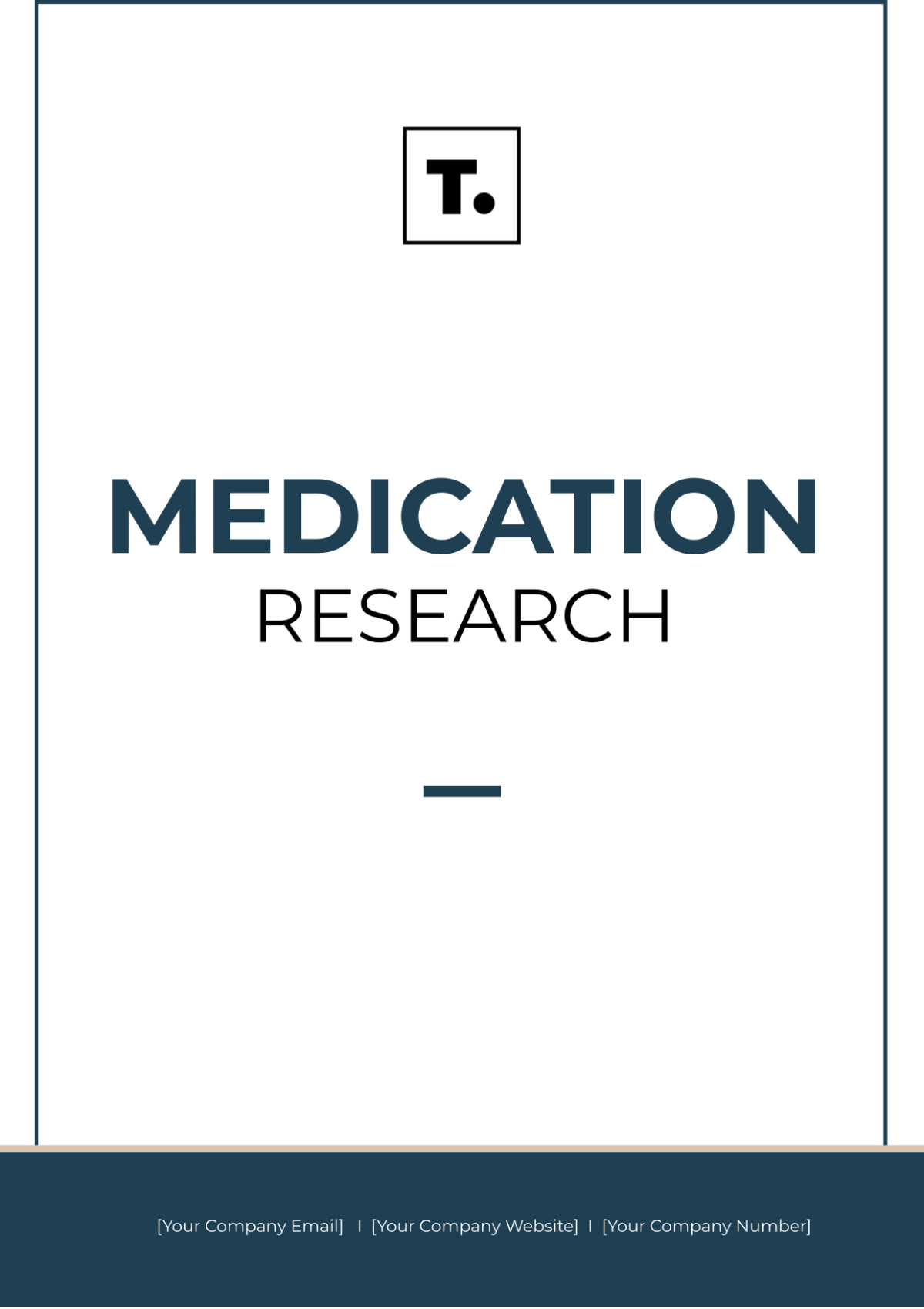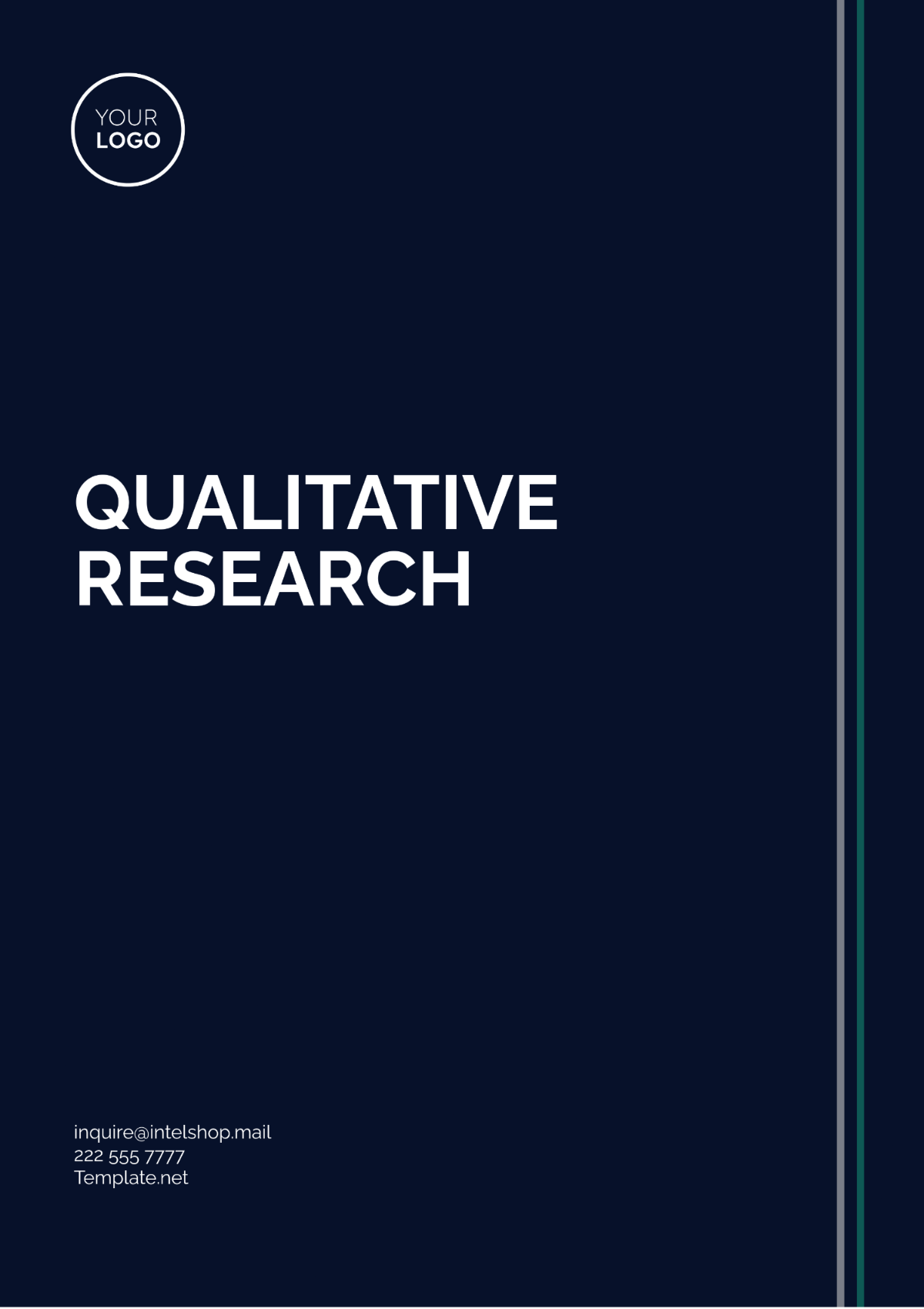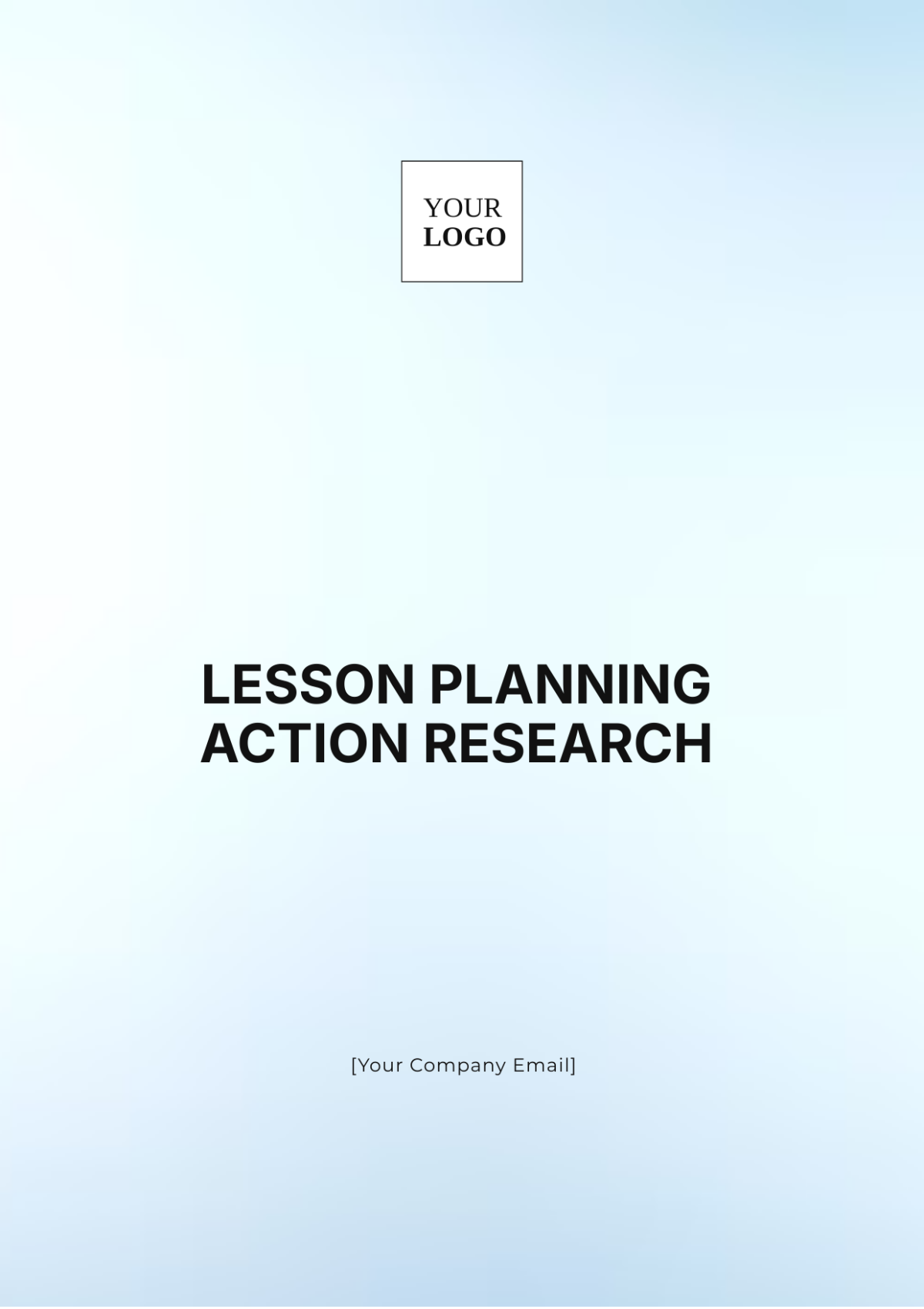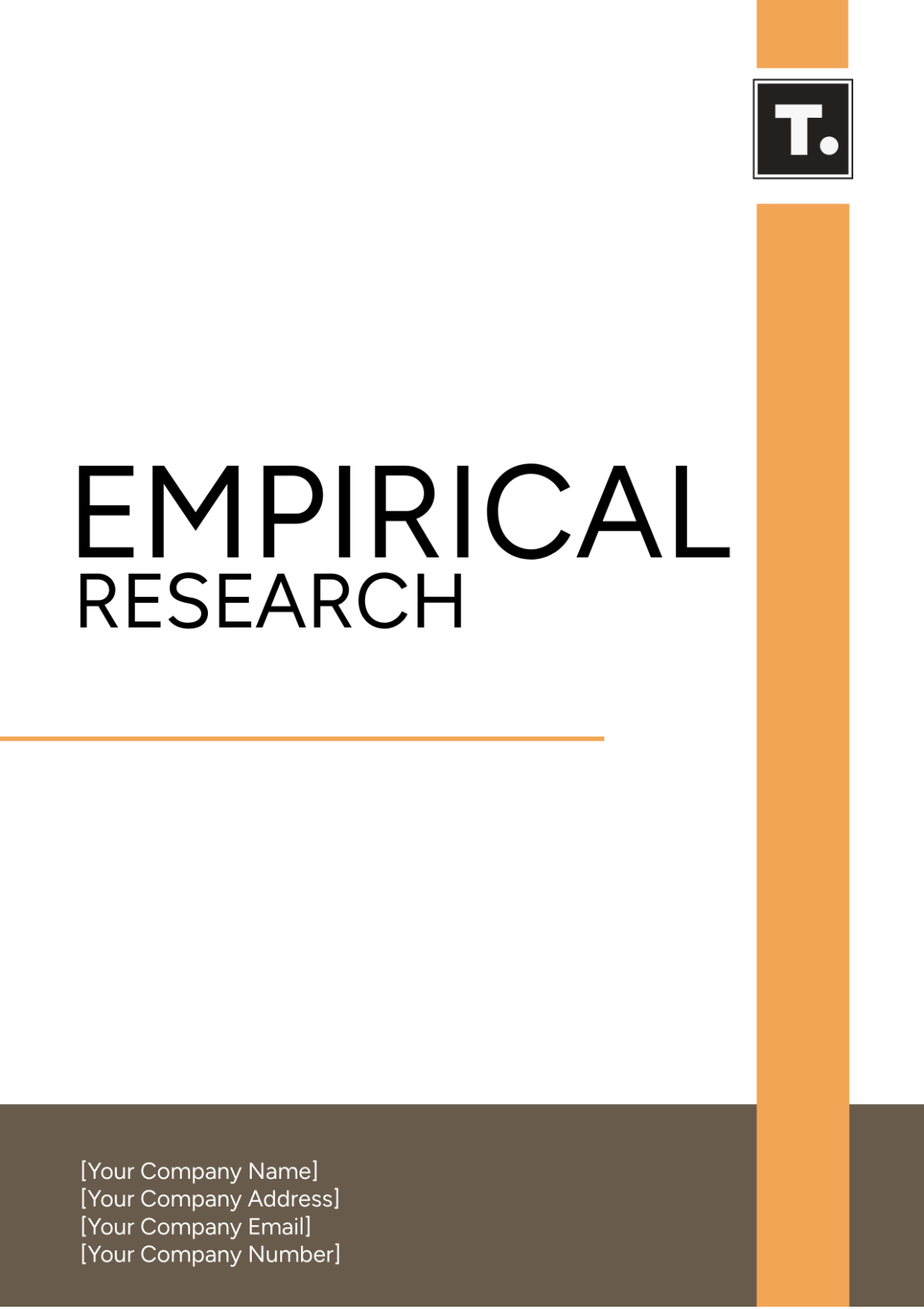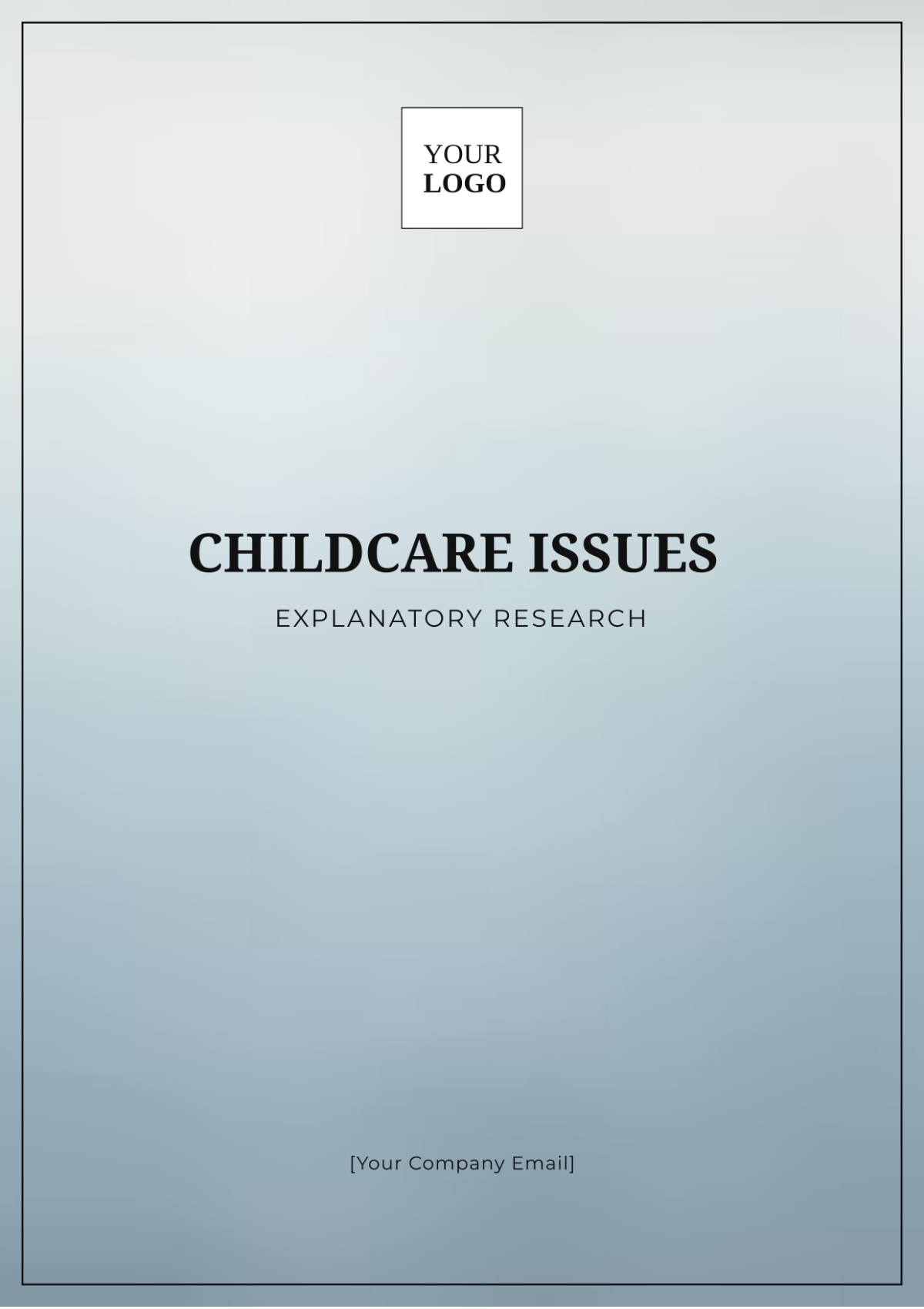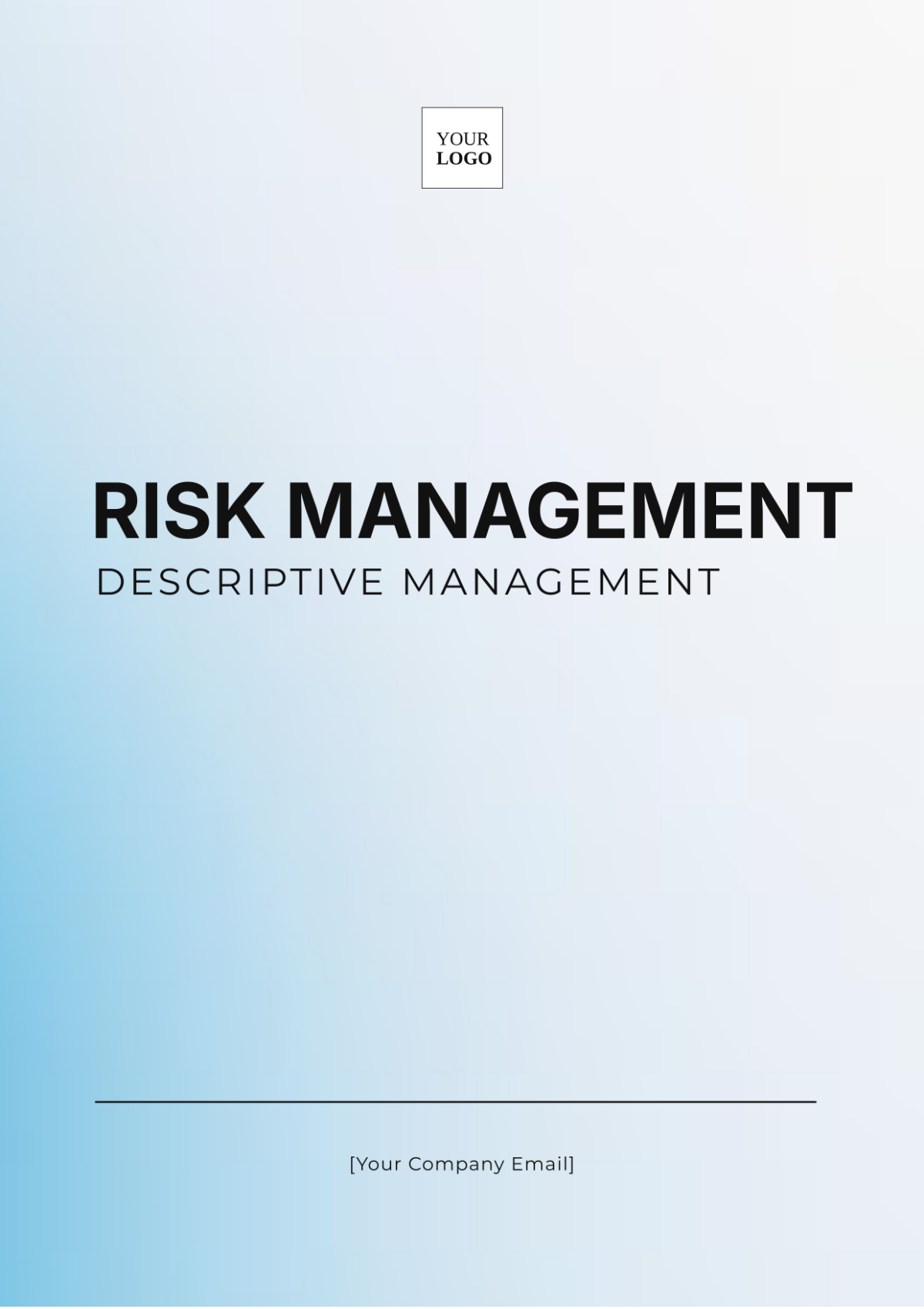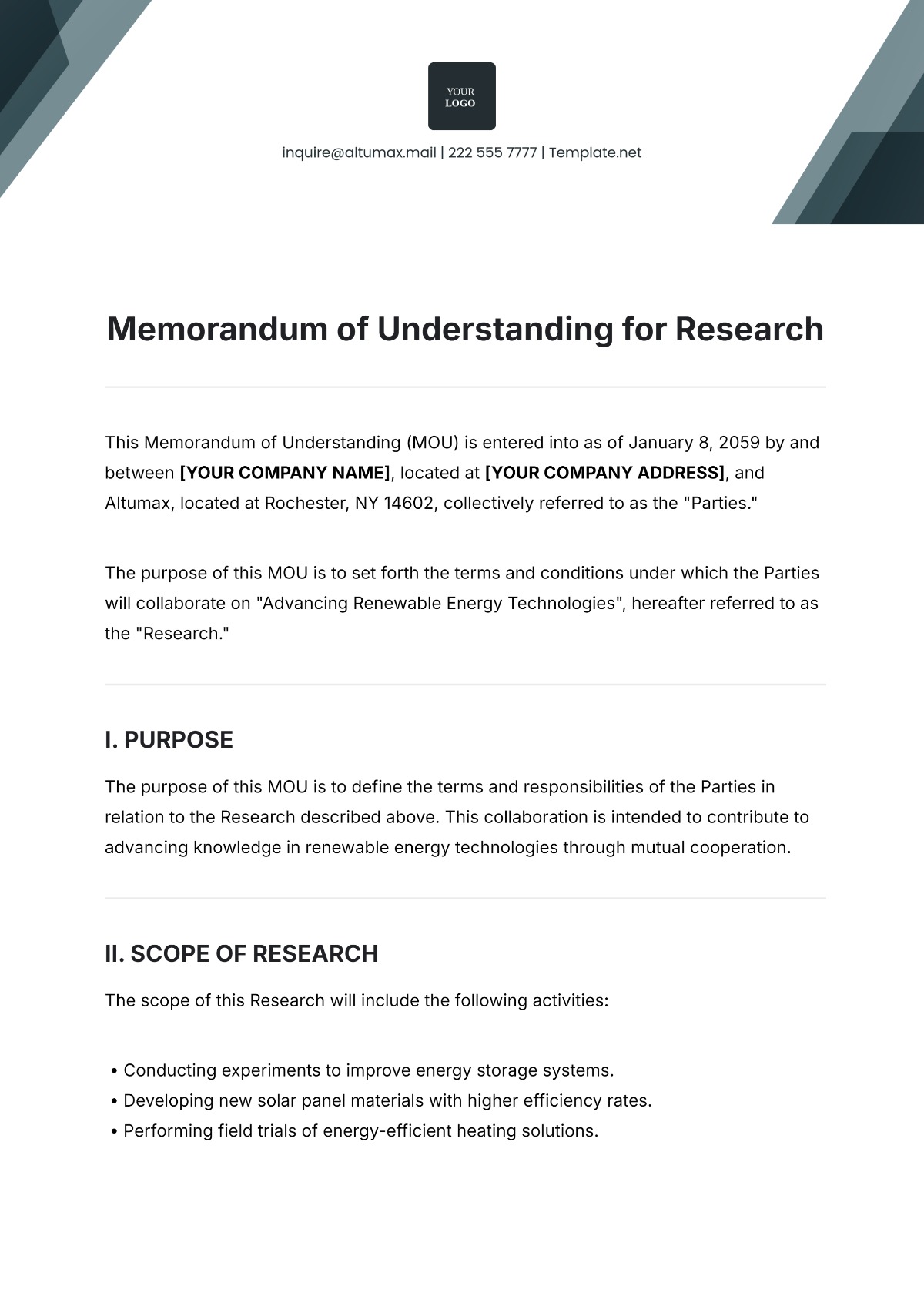Conclusion Integration Research Process
Prepared By: [Your Name]
I. Introduction
The effective integration of conclusions into the research process is essential for synthesizing findings and demonstrating the overall significance of the study. This paper examines strategies for seamlessly incorporating conclusions, highlights their importance, and outlines best practices for ensuring they are impactful and coherent.
II. Significance of Conclusion Integration
Integrating conclusions effectively is vital for ensuring that research findings are coherent, meaningful, and relevant. Proper integration helps to:
Ensure Clarity and Coherence: It provides a logical flow and consistency throughout the research, making it easier for readers to understand how individual findings contribute to the overall conclusions.
Enhance Persuasiveness: Well-integrated conclusions reinforce the significance and implications of the results, strengthening the impact of the research.
Provide a Comprehensive Understanding: Effective integration ties together all aspects of the study, ensuring that every segment aligns with the research objectives and contributes to a holistic understanding of the outcomes.
III. Steps in the Research Process
Integrating conclusions should be a strategic consideration throughout the research process. The following stages outline how to incorporate conclusions effectively at each phase:
Stage | Activities | Conclusion Integration |
|---|---|---|
Initial Planning | Formulating research questions, objectives, and hypotheses. | Identify potential conclusions and ensure alignment with research goals. |
Literature Review | Reviewing existing research to provide context and background. | Ensure conclusions address identified gaps or reinforce existing knowledge. |
Methodology | Designing research methods to collect relevant data. | Plan how the methodology will inform the development of conclusions. |
Data Collection and Analysis | Gathering and processing data. | Analyze results in relation to anticipated conclusions, ensuring alignment. |
Discussion and Interpretation | Interpreting the implications of the findings. | Draw and articulate conclusions based on a thorough analysis of the data. |
Conclusion Presentation | Writing and presenting the conclusions of the research. | Integrate conclusions seamlessly with findings and discussion, ensuring clarity and impact. |
IV. Best Practices for Conclusion Integration
To maximize the effectiveness of conclusion integration, consider the following best practices:
Align Conclusions with Objectives: Ensure that your conclusions directly address the research objectives and questions, reflecting the intended outcomes of the study.
Use Clear and Concise Language: Present conclusions in a straightforward and unambiguous manner to enhance clarity and accessibility.
Support with Evidence: Base conclusions on robust data and comprehensive analysis, demonstrating how findings support the conclusions.
Address Limitations: Acknowledge any limitations that may affect the conclusions and provide recommendations for future research to address these gaps.
Connect to Broader Context: Place conclusions within the context of existing research and practical applications, highlighting their relevance and contribution to the field.
V. Conclusion
Effective integration of conclusions is crucial for the integrity and impact of research. By adopting a structured approach and adhering to best practices, researchers can ensure that their conclusions are clear, persuasive, and meaningful. This not only enhances the readability and reliability of the study but also makes a significant contribution to advancing knowledge within the field.


